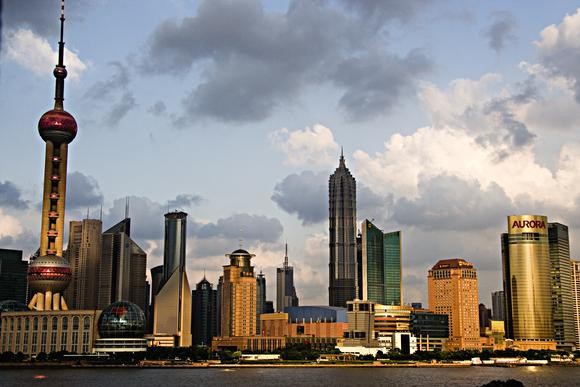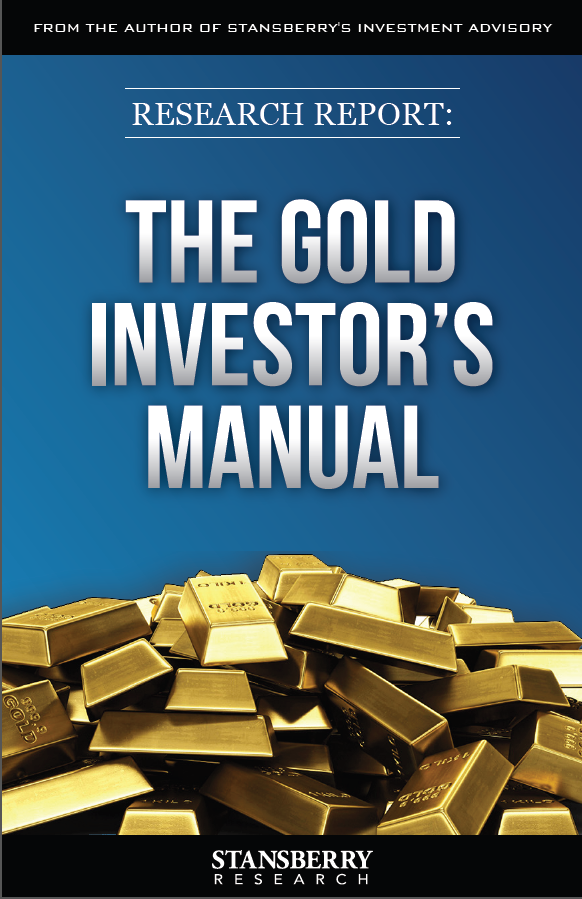Watch Out These Safe Investments Are Growing Even More Dangerous
Post on: 14 Апрель, 2015 No Comment

Bonds are part of a well-balanced portfolio, at least according to historical data. Today, bonds are in uncharted territory, so looking at data that averages returns from the distant past might not be useful in the current economic environment.
I use a trading system that relies on data from only the last 26 weeks. Extensive testing and academic studies show that this time period works well to identify potential winning investments for the next six months.
To create financial plans, financial advisers often rely on data extending back to the 1800s, and although they caution against saying this time is different, in the fixed-income world, this time really is different.
Interest rates are at historic lows and central banks around the world have publicly stated they intend to drive inflation up.
If the bankers succeed, investors buying low-yield investments will suffer big losses. As it stands now, investors in bond ETFs are already suffering losses even if they dont realize it.
Dividends, the interest payments received by holders of bond ETFs, have been declining for the past several years. The chart below shows the dividends for iShares Barclays 20+ Year Treasury Bond (NYSE: TLT ) and two popular high-yield (junk) bond funds — iShares iBoxx $ High Yield Corporate Bond (NYSE: HYG ) and SPDR Barclays High Yield Bond (NYSE: JNK ).
Despite the declining payouts, investors have increased their holdings of fixed-income ETFs by 22% in the last year. This increase is part of the problem that investors face. As assets flow into a fund, the managers are required to invest it. When interest rates are falling, the managers are forced to buy bonds with lower yields and the result is a smaller payout for all of their investors.
The risks of holding bond funds include a loss of capital in addition to declining income. If interest rates rise 1%, TLT could fall by 17%, while HYG and JNK could fall by about 4%. Investors should also be aware that high-yield bonds tend to act like stocks in a general market decline and fell more than 40% in 2008.
Another important piece for investors to understand is that interest rates can rise even if inflation is low or falling. That defined the economy seen in the Great Depression, when bond prices fell along with stock prices. (Note that bonds fall in price when interest rates rise.)

The past does not always help us understand the future. For fixed-income investors, things are very different this time.
The Federal Reserve is committed to keeping rates low, but if large investors become worried about default risk, interest rates will react to market forces. In the Great Depression, rates rose because the risk of defaults rose in a weak economy. If that happened now, investors would lose money on their bond holdings. We almost certainly wont see another Great Depression in the next few years, but we also almost certainly wont see an extended bull market in bonds either.
Following my system doesnt require detailed analysis of economic conditions or an opinion on the sustainability of dividends. Using the 26-week rate of change (ROC) indicator to find the best investments works in any market environment.
This system also makes trades infrequently. For now, it says stocks are the best place for investors to be whether they are seeking income or growth. This weeks holding remain unchanged:














